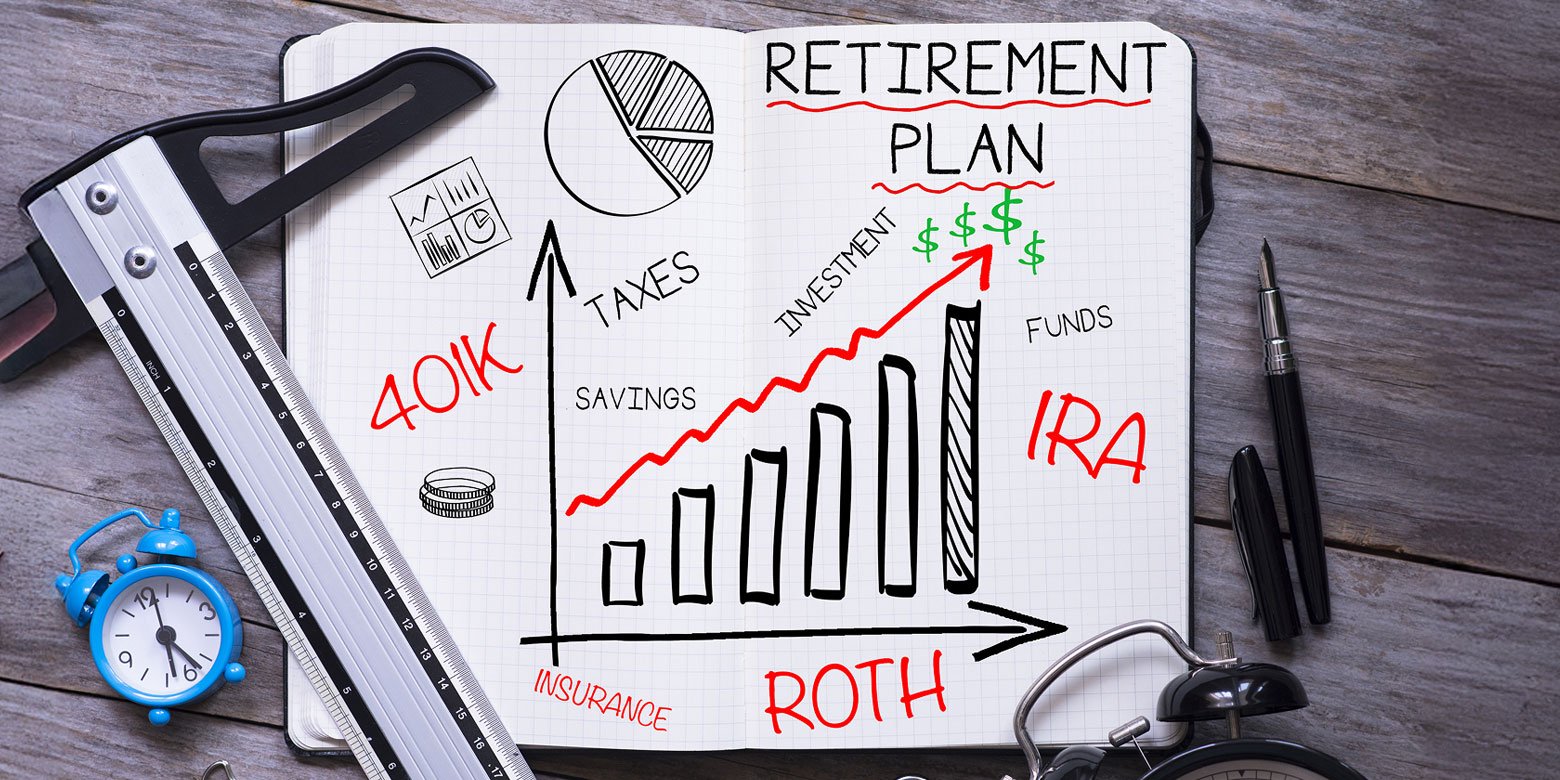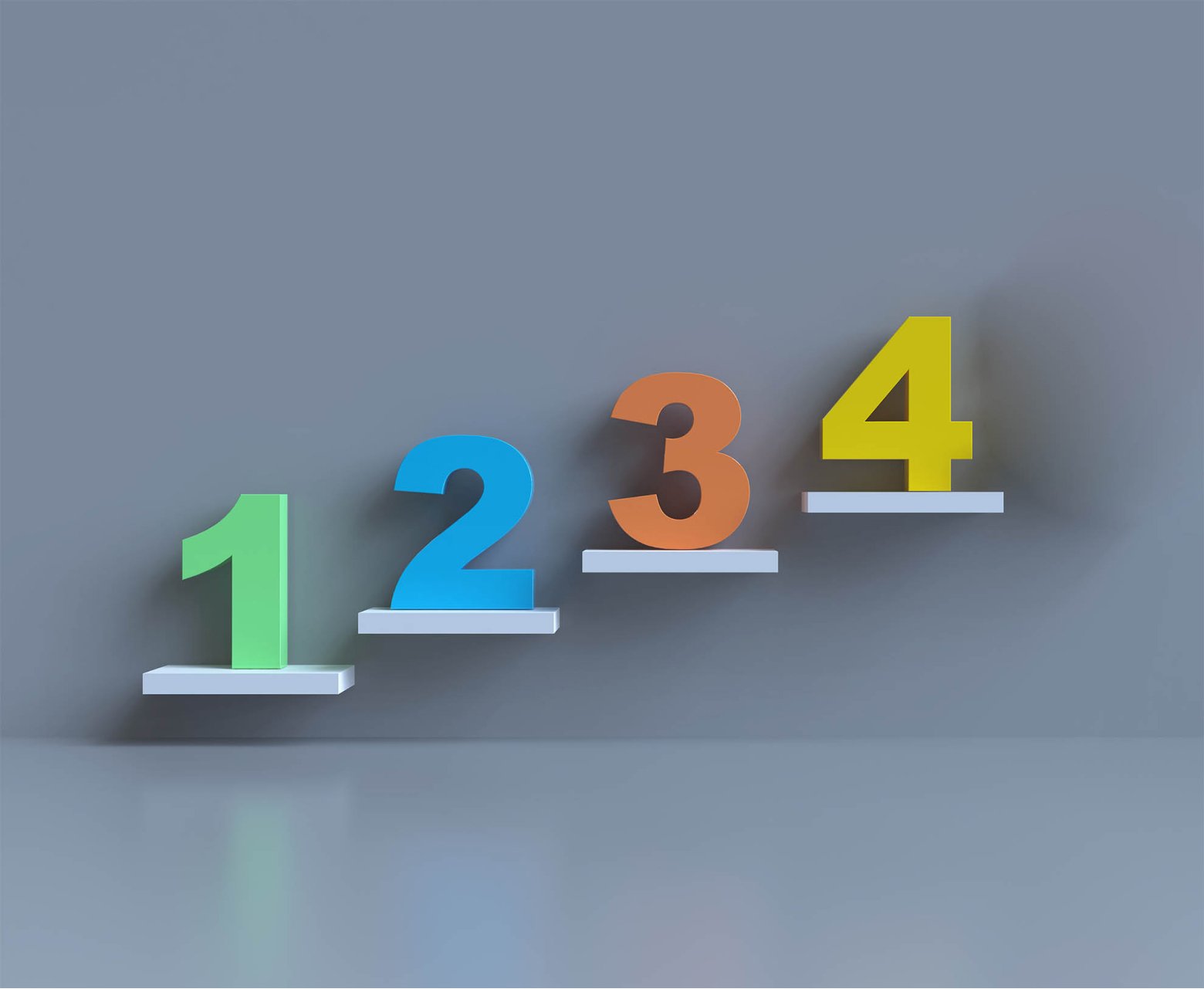The government wants you to save for retirement. That’s why many people believe retirement savings accounts are the most beneficial savings vehicles available. Yup, your 401(k) and IRA are designed to encourage you to save for your later years.
But, the government also wants you to use that money while you’re alive and not give it to your heirs after you pass. So they make you take a distribution each year—a required minimum distribution (RMD)—when you reach 73 years old.
But (with many things designed by the government!) required minimum distribution rules are confusing, and, unfortunately, the penalty for failing to take the correct distribution is severe.
Fear not; we’re here to help you understand your obligations and show you how to use your RMD to pursue your financial goals.
What Are Required Minimum Distributions (RMDs)?
RMDs are the minimum amount that retirement account owners must take out each year. You can withdraw more if you’d like, but you need to take the minimum amount at the very least. And RMDs are taxed as ordinary income.
Which accounts do RMDs apply to?
RMDs must generally be taken from any tax-deferred retirement account. The most common accounts that mandate RMDs are:
- Traditional IRAs
- SEP IRAs
- SIMPLE IRAs
- 401(k) plans
- 403(b) plans
- 457(b) plans
How Is Your RMD Calculated?
Your minimum distribution is calculated based on the end-of-year balance of your retirement account and a life expectancy table published by the IRS.1 As you age, your life expectancy decreases, and your RMDs increase.
Though the RMD is calculated separately for each IRA, you can take the total amount from a single IRA if you prefer. However, RMDs from most employer-sponsored retirement accounts and beneficiary accounts must be calculated and taken separately.
When is the deadline to receive your RMDs?
The SECURE Act, which was passed in 2019, changed the age from 70 ½ to 72. On December 23, 2022, the "SECURE Act 2.0" was passed.3 Here are the changes you should know about:
- If you turn 72 in 2023, no RMDs are required.
- RMDs start the year you turn age 73, but you can delay taking distributions until April of the following year. However, if you delay, you will need to take 2-years' worth of RMDs that next year—distributions for the year you delayed by April 1 and distributions for the current year by December 31 (and pay taxes on these two years of income).
- Then RMDs must be taken by Dec. 31 each year.
- Beginning in 2033, RMDs will be pushed back to age 75.
What happens if you don’t take RMDs?
RMDs define the minimum amount you need to take each year. You can always take out more! But, if you do withdraw more than your RMD, you cannot apply any excess to future years.
The penalty for failing to take out enough to satisfy your RMD or failing to withdraw your RMD by the deadline is a 25% tax on the undistributed portion.* That penalty may be reduced to 10% if the mistake can be corrected in a "timely manner."3
What does timely mean? The “Correction Window” is defined as beginning on the date that tax penalty is imposed (so, generally January 1st of the year following the year of the missed RMD), and ends upon the earliest of the following dates:3
-
When the Notice of Deficiency is mailed to the taxpayer;
-
When the tax is assessed by the IRS; or
-
The last day of the second tax year after the tax is imposed.
How Will Your RMD Affect Your Tax Situation?
RMDs are generally treated as ordinary income and will be taxed at your income tax rate. From a tax perspective, it doesn’t matter whether you take your RMD earlier or later in the year. However, if you’re interested in reducing your tax burden when taking your RMDs, there are some strategies you can use.
- Qualified Charitable Distribution. Transfer your RMD to charity tax-free by making charitable donations through a Qualified Charitable Distribution (QCD). You must be over 70½, and it must be paid directly from your IRA to a qualified charity. There's also a maximum amount that you can donate through a QCD.
- Backdoor Roth IRA. Rollover your retirement account into a Roth IRA. While you don’t have to receive RMDs from a Roth IRA, in the year you do a rollover, you must pay taxes on the amount you transfer. There are income rules around Roth IRAs, and the tax bill may be substantial, so you should talk to a wealth advisor before you decide to do this.
- Continue working. Postpone RMDs from a workplace retirement account if you are still working. However, you will need to take them from your IRAs or if you own 5% or more of the business sponsoring your retirement plan.
- Qualified Longevity Annuity Contract. Purchase Qualified Longevity Annuity Contracts (QLACs). A QLAC is a deferred income annuity that can only be purchased with assets from a retirement account.
- Marry someone younger! Yes, you read that right! Your spouse's age determines how much RMDs you must take annually. If your spouse is 10 years younger or you are not married, then the IRS allows you to withdraw a smaller amount each year, which means you’ll pay lower taxes.
What can you do with your RMDs?
After you withdraw your RMDs and pay taxes on them, you can use them like any other income—to spend, save, or give away. For example, if you don’t need the money to cover your living expenses, you can invest it in a taxable account for future needs or legacy.
Taking RMDs can be complex, and it’s a good idea to consult a wealth advisor to develop strategies that minimize your taxes and support your retirement goals.

Like what you're reading?
Join the thousands of readers getting stories like this delivered straight to their inbox every Thursday — for free. Give it a spin, enter your email to sign up.
Footnotes
1IRS.gov Retirement Topics — Required Minimum Distributions (RMDs), accessed Sep 21, 2022
2H.R.2954 - Securing a Strong Retirement Act of 2021, accessed Sep 21, 2022
3kitces.com, Dec. 28, 2022
*While the penalty was higher before this latest change, it was rarely applied due to qualifying exceptions. But with this new legislation, the penalty is lower, but expected to be applied more frequently.
Related Articles

Roth Conversions and RMDs
Required minimum distributions (RMDs) are a reality of tax advantaged accounts. Once you pass the...

Traditional IRA vs. Roth IRA: Which is the Best Choice for You?
It’s that time of year when people begin thinking about taxes and investments. How should you...

RMDs Are Mandatory, But Here’s What You Can Control
You must start withdrawing from tax-deferred retirement accounts at a certain age, but there are a...
